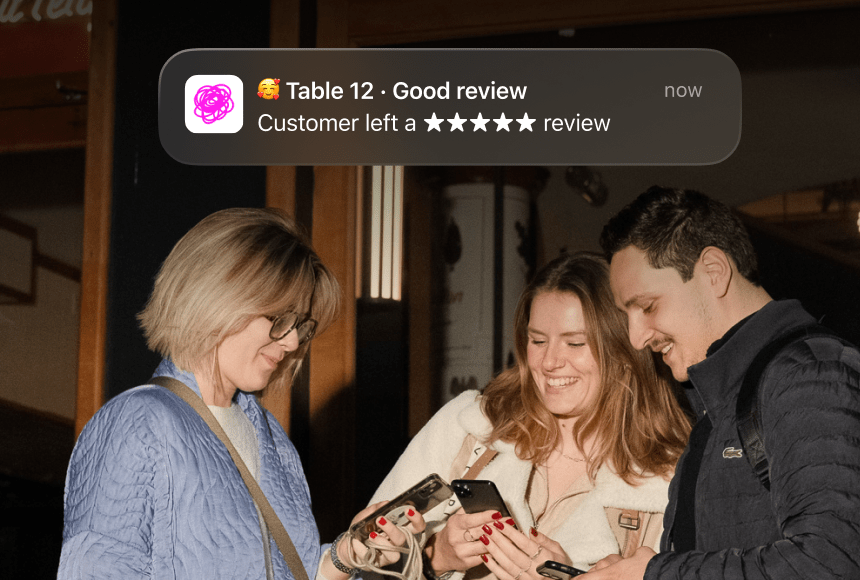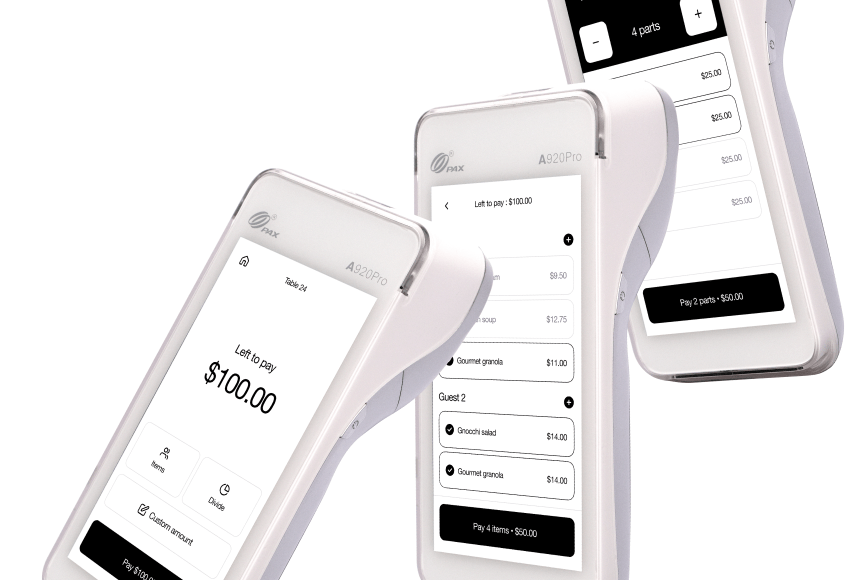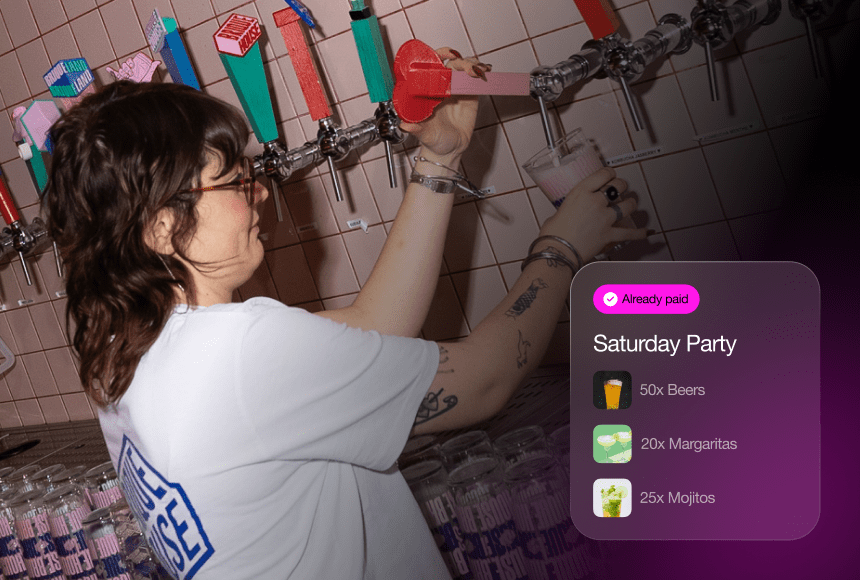
Harnessing Data and Tech to Elevate Your Small Restaurant’s Potential
Why Digital Tools Are More Than Just a Trend
If you run an independent restaurant today, you’re no stranger to juggling countless tasks—from sourcing fresh produce to ensuring your staff remains motivated. Amid these daily challenges, adopting new technology—especially digital systems to track performance—might not top your to-do list. But in a marketplace increasingly shaped by data analytics and online interactions, going digital can offer a serious competitive advantage.
According to recent data on data-driven restaurants, a growing percentage of independent owners rely on digital platforms for tasks like real-time sales tracking, automated ordering, and streamlined payments. These tools simplify daily operations, reveal hidden revenue opportunities, and empower you to adapt quickly to changing trends. Far from being a passing craze, digitalizing your restaurant’s performance management might be the pivot that transforms your day-to-day hustle into a more sustainable, scalable model.
From Manual Bookkeeping to Real-Time Insights
For years, many independent eateries operated on gut feelings and pen-and-paper records. That intuitive approach can still carry some owners far, but it also risks missing out on deeper insights. When you digitize performance metrics, you:
- Gain Clarity: Instead of guessing which dishes sell best, you see precise numbers—leading you to optimize your menu and reduce waste.
- Automate Tedious Tasks: Weekly sales recaps, inventory updates, and even staff scheduling can be managed with fewer errors and less time investment.
- Improve Cash Flow Monitoring: Up-to-the-minute sales data alerts you if you’re trending below normal on a certain day, letting you pivot with a quick promotion or shift in staffing.
In short, digital tools lift the burden of repetitive administrative tasks, allowing you to stay focused on what you do best: crafting memorable dining experiences for your guests.
Key Areas Where Digitalization Drives Performance
So where exactly can technology have the biggest impact in an independent restaurant? Let’s highlight some core areas:
1. Online Reservations and Table Management
When customers book a table through your website or social media, all relevant data—like party size or special requests—automatically logs into your system. You can track the flow of reservations in real time, reduce no-shows via automated reminders, and gather information on your busiest times.
Pro Tip: If you notice a surge in reservations for weekend brunch, you can quickly staff up or prepare additional ingredients. Additionally, offering an option for guests to pay a deposit or prepay for special events can cut down on last-minute cancellations.
2. Integrated POS Systems for Real-Time Sales Analysis
Modern POS software (point of sale) does more than record sales—it collates data on which menu items are hits, what times see the highest traffic, and even how your staff performs. Instead of rummaging through end-of-day receipts, you can log in and see the day’s performance.
Why it matters: Observing dips or spikes in sales for certain items can guide you to adjust portion sizes, pricing, or combos. You might discover that your lunch crowd loves a certain sandwich and happily pays extra for an add-on side. With accurate reporting, you can replicate these successes across the board.
3. Digital Payment and Feedback Solutions
One of the biggest pain points for diners is the final step: paying the check. By offering a tool like sunday, you let them scan a QR code to settle up instantly—and even leave a tip or a Google review right then and there. This frictionless process not only speeds up table turnover but also collects valuable data on average check size, tipping habits, and more.
Moreover, these digital platforms can prompt customers to share quick feedback, yielding real-time insights into what they loved or what might need tweaking. Over time, these small data points help shape your approach to everything from portion sizes to ambiance adjustments.
4. Inventory Management and Supplier Coordination
When you rely on post-it notes or mental math to determine ingredient usage, you’re inviting errors. With an automated inventory system, each sale of a dish triggers an update to the count of relevant ingredients. This helps you reorder supplies before you run out—or catch that you’re consistently over-ordering a slow-selling item.
Reducing waste: By pinpointing exactly how much produce you need for your top-selling salads or how many bottles of wine go each week, you can align purchasing with actual demand. This not only saves money but also aligns with eco-conscious diners who appreciate reduced food waste.
Why Digitizing Performance Is Especially Vital for Independents
You might wonder, “Isn’t technology a bigger chain’s game?” But ironically, small and mid-sized independent restaurants stand to gain even more from a data-driven approach. Large franchises often have the cushion of brand recognition and corporate support. Independents, on the other hand:
- Operate with Tighter Margins: Any improvement in cost control or revenue generation can have a significant impact on overall profitability.
- Must Adapt Quickly: Without a big corporate safety net, an independent eatery needs to pivot fast if a dish flops or a local competitor changes tactics. Real-time data allows agile moves.
- Benefit from Personal Touch: While big chains rely on standardized systems, an independent can combine the warmth of local hospitality with the efficiency of digital tools—offering a distinct advantage.
Addressing Common Concerns About Going Digital
Despite these benefits, you might still hesitate. Perhaps you worry about cost, staff readiness, or losing your restaurant’s personal vibe. Let’s tackle these concerns:
Cost of Implementation
Yes, some systems require upfront investment. But it doesn’t have to be exorbitant. Many platforms offer scalable pricing or monthly subscriptions that adapt as you grow. When you compare the savings from reduced waste, fewer administrative hours, and improved sales, the math often favors going digital.
Staff Training
Your servers might be used to pen and paper, but modern software often features user-friendly interfaces. Provide brief hands-on training sessions, demonstrate the real-world benefits (like fewer errors, faster checkouts), and they’ll typically embrace it wholeheartedly.
Preserving the Personal Touch
Digital doesn’t have to mean impersonal. Automated systems handle the nitty-gritty (like counting stock or finalizing a credit card payment) so your team can focus on meaningful interactions. That extra bandwidth can translate to more table-side conversations or personalized recommendations that reinforce the unique charm of your independent spot.
Making a Plan for Digital Transformation
If you’re ready to dip a toe into digitalizing your performance metrics, here’s a straightforward roadmap:
- Audit Your Current Processes: Identify where you spend too much manual effort—like reconciling daily sales or checking if you have enough tomatoes for tomorrow’s service.
- Set Clear Goals: Do you want to cut labor costs by 10%? Increase your average check size by \$2? Having targeted outcomes helps you choose the right tools.
- Choose a User-Friendly System: Opt for a solution that integrates with your existing POS or is easy to adopt if you’re starting from scratch. Confirm it can provide real-time data in a simple dashboard, so you’re not drowning in complex analytics you never use.
- Begin with Baby Steps: Maybe start with digital payment or online reservation management before diving into full inventory automation. Master each piece, then add the next.
- Train Your Team, Gather Feedback: After rollout, ask employees how it feels. Are they comfortable? Do they see improvements? Tweak if needed.
Through this phased approach, you avoid overwhelming staff or overspending, and you create a stable foundation for deeper digital integration down the road.
Using Insights to Make Targeted Improvements
Once you’ve got data flowing in, how do you turn it into action? Here are a few examples:
- Spot Underperforming Dishes: If your analytics show a high-cost, low-selling entrée, you can either rework the recipe, reduce its price, or remove it entirely.
- Identify Top Staff Performers: Real-time sales data can highlight which server regularly upsells cocktails or desserts. You might ask them to train others in effective recommendation techniques.
- Test Promotions and Track Results: Launch a Tuesday night special on social media, and see if the data indicates a spike in foot traffic or order volumes. If successful, replicate the concept on another slower night.
- Refine Labor Scheduling: If dinner sales plummet post-9 p.m., you might trim staff hours after that time. Or, if weekend brunch booms, you can staff up to deliver quick, positive experiences for larger crowds.
These micro-adjustments, informed by data rather than hunches, create a steady upward trajectory for your restaurant.
Potential Risks of Skipping the Digital Shift
Turning away from performance digitalization can cost more than missed revenue. It might mean:
- Slower Response to Trends: Without real-time data, you may miss the chance to capitalize on a sudden burst in popularity for, say, a new vegan dish or a certain craft beer.
- Less Customer Insight: You might have no record of who frequently visits, what they like, or how you could personalize their next experience.
- Higher Operational Expenses: Extra staff hours on manual tasks like reconciling receipts or inventory checks add up. Meanwhile, an automated system would expedite these chores.
In a crowded market, these disadvantages can slowly chip away at your margins—and your competitive edge.
Final Thoughts: Embrace Digital Performance to Sustain Your Independence
Independent restaurants often carry a rich personality that big chains struggle to replicate. That local flair—whether it’s a unique fusion concept or a heritage recipe passed down through generations—can be amplified by the strategic use of digital tools. Data analytics, automated inventory, contactless payments, and real-time sales insights empower you to preserve your distinct charm while operating at a professional, modern standard.
Whether you’re just starting to explore an online reservation system or ready to upgrade your entire operation, each step in digitalizing your performance can enhance profitability, reduce stress, and satisfy your diners. You’ll spot trends faster, adapt with greater agility, and keep the intimate feel that brings loyal guests through your doors again and again.
So, yes—digitalization of performance truly is an opportunity for independents. By merging the warmth of personal service with the efficiency of data-driven decisions, you set the stage for long-term growth in a market that’s constantly evolving. And with user-friendly solutions—like sunday—available at different price points, there’s never been a better time to take that leap. Just remember to stay true to your brand’s spirit, involve your team in the transition, and use the numbers to complement—never replace—your innate understanding of what makes your place special.
Find out more today
Drop us your details below and we’ll reach out within the next 24h
Get to know your team.
Gather insightful data about your staff in real-time.



